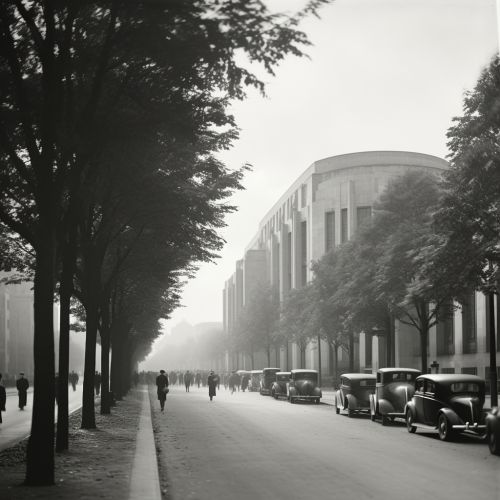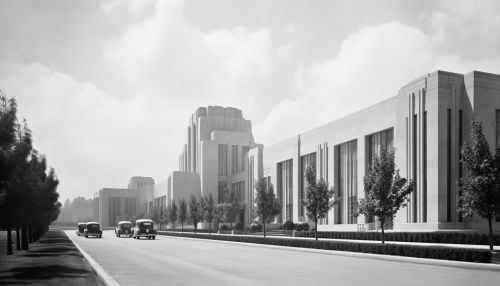Richard Feynman
Early Life
Richard Phillips Feynman was born on May 11, 1918, in Far Rockaway, a neighborhood in the New York City borough of Queens. His parents were Lucille Phillips, a homemaker, and Melville Arthur Feynman, a sales manager from Minsk, Belarus. Feynman was the youngest of two children, with an older sister, Joan Feynman, who also became a notable physicist.
Education
Feynman attended Far Rockaway High School, a school in New York City, where his aptitude for science and mathematics was evident early on. He won the New York University Math Championship and was offered a scholarship to attend New York University. However, he chose instead to attend the Massachusetts Institute of Technology (MIT), where he received a bachelor's degree in physics in 1939.


In 1942, Feynman received his Ph.D. from Princeton University, where he studied under John Archibald Wheeler. His doctoral thesis, "The Principle of Least Action in Quantum Mechanics," introduced the path integral formulation of quantum mechanics, which has been instrumental in the development of quantum field theory.
Career
Following his graduation from Princeton, Feynman was recruited to work on the Manhattan Project at Los Alamos National Laboratory. His work on the project included developing a formula for calculating the yield of a nuclear explosion and improving the efficiency of uranium enrichment.
After the war, Feynman accepted a position as an associate professor at Cornell University, where he worked on quantum electrodynamics (QED). His work in this field resulted in him receiving the Nobel Prize in Physics in 1965, which he shared with Julian Schwinger and Sin-Itiro Tomonaga.
In 1951, Feynman left Cornell to join the faculty at the California Institute of Technology (Caltech), where he remained until his retirement in 1988. At Caltech, he continued his work in quantum mechanics and also made significant contributions to the fields of quantum computing and nanotechnology.
Contributions to Physics
Feynman is perhaps best known for his work in the field of quantum electrodynamics (QED), the theory that describes how light and matter interact. His Feynman diagrams, simple drawings that represent the interactions of particles, have become a fundamental tool in the field.
In addition to his work on QED, Feynman also made significant contributions to the field of quantum computing. He was one of the first scientists to suggest that a quantum computer could be built, and his ideas have been instrumental in the development of this field.
Feynman also made significant contributions to the field of nanotechnology. In his famous lecture, "There's Plenty of Room at the Bottom," he proposed the idea of manipulating and controlling things on a small scale, which is considered as one of the foundational concepts of nanotechnology.
Personal Life and Legacy
Feynman married three times, first to Arline Greenbaum, who died of tuberculosis in 1945. He later married Mary Louise Bell, but the marriage ended in divorce. His third wife was Gweneth Howarth, with whom he had two children.
Feynman died on February 15, 1988, from complications related to abdominal cancer. His contributions to the field of physics continue to be influential, and he is remembered for his unique approach to teaching and his ability to make complex scientific concepts accessible to the general public.
